The Feast of Unleavened Bread was established by God in Exodus 12, alongside the Passover, as part of Israel’s deliverance from Egypt. It was to be a permanent ordinance for the Jewish people:
“So you shall observe the Feast of Unleavened Bread, for on this same day I will have brought your armies out of the land of Egypt. Therefore, you shall observe this day throughout your generations as an everlasting ordinance.” (Exodus 12:17)
God commanded Israel to celebrate this feast every year, starting on the 15th day of the first month (Nisan), right after Passover. It was to last for seven days, during which time no leaven (yeast) was to be found in their homes.
Why Was It Established?
The Feast of Unleavened Bread was a reminder of Israel’s deliverance from Egypt. When Pharaoh finally released the Israelites, they had to leave quickly, without time for their bread to rise.
“And they baked unleavened cakes of the dough which they had brought out of Egypt; for it was not leavened, because they were driven out of Egypt and could not wait, nor had they prepared provisions for themselves.” (Exodus 12:39)
Because of this, God commanded:
“For seven days you shall eat unleavened bread, and on the seventh day there shall be a feast to the LORD. Unleavened bread shall be eaten seven days. And no leavened bread shall be seen among you, nor shall leaven be seen among you in all your quarters.” (Exodus 13:6-7)
Leaven (yeast) symbolized sin, corruption, and pride—things that Israel had to leave behind as they walked in obedience to God.
Who Celebrated It?
The Feast of Unleavened Bread was celebrated by all Israelites as a commanded feast (Leviticus 23:6-8).
In the wilderness
(Israel observed it as they journeyed to the Promised Land.)
During the time of the kings (Faithful rulers, like Hezekiah (2 Chronicles 30:21) and Josiah (2 Chronicles 35:17), reinstated its observance after periods of neglect.)
After the Babylonian exile (The Jews returning from captivity reestablished the feast (Ezra 6:22).)
In Jesus’ time (The feast was still being observed, which is why so many Jews were in Jerusalem when Jesus was crucified.)
This feast was deeply woven into Israel’s identity, and Jesus Himself observed it every year (Luke 2:41-42).
How Does This Tie into the Life of Jesus?
The Feast of Unleavened Bread is fulfilled in Jesus Christ in both timing and symbolism.
Jesus, the Sinless Bread of Life
Leaven represents sin (1 Corinthians 5:6-8). Jesus, as the true Bread of Life, was without sin, fulfilling the meaning of this feast.
“And Jesus said to them, ‘I am the bread of life. He who comes to Me shall never hunger, and he who believes in Me shall never thirst.'” (John 6:35)
“For He made Him who knew no sin to be sin for us, that we might become the righteousness of God in Him.” (2 Corinthians 5:21)
Just as Israel had to remove all leaven from their homes, Christ removed all sin through His sacrifice.
The Timing of Jesus’ Burial
The Feast of Unleavened Bread began the day after Passover, which was the exact day Jesus was buried.
Passover
: Jesus was crucified as the Passover Lamb (1 Corinthians 5:7).
Feast of Unleavened Bread: Jesus was buried on the first day of this feast, symbolizing His sinless, uncorrupted body in the tomb.
“For You will not leave my soul in Sheol, Nor will You allow Your Holy One to see corruption.” (Psalm 16:10)
Jesus was the pure, unblemished sacrifice, and His body did not decay in the grave—perfectly fulfilling the meaning of unleavened bread.
The Call to Holiness
Paul directly connects the Feast of Unleavened Bread to Christian living:
“Therefore purge out the old leaven, that you may be a new lump, since you truly are unleavened. For indeed Christ, our Passover, was sacrificed for us. Therefore, let us keep the feast, not with old leaven, nor with the leaven of malice and wickedness, but with the unleavened bread of sincerity and truth.” (1 Corinthians 5:7-8)
This means that, as believers, we should:
Remove sin from our lives
(Romans 6:12-14).
Live in sincerity and truth (John 4:24).
Recognize that Christ makes us holy (Ephesians 5:25-27).
My Final Thoughts
The Feast of Unleavened Bread is not just an Old Testament event; it is a foreshadowing of Jesus Christ.
It was established to remind Israel of their deliverance from Egypt.
It was fulfilled in Jesus, who is the sinless Bread of Life.
It challenges us to live a holy life, free from the leaven of sin.
Just as the Israelites had to quickly leave Egypt, we must also leave sin behind and follow Christ wholeheartedly. His sacrifice has made us a new creation, purified by His blood.
If you are in Christ, you are set apart—a people called to holiness, free from the corruption of sin.

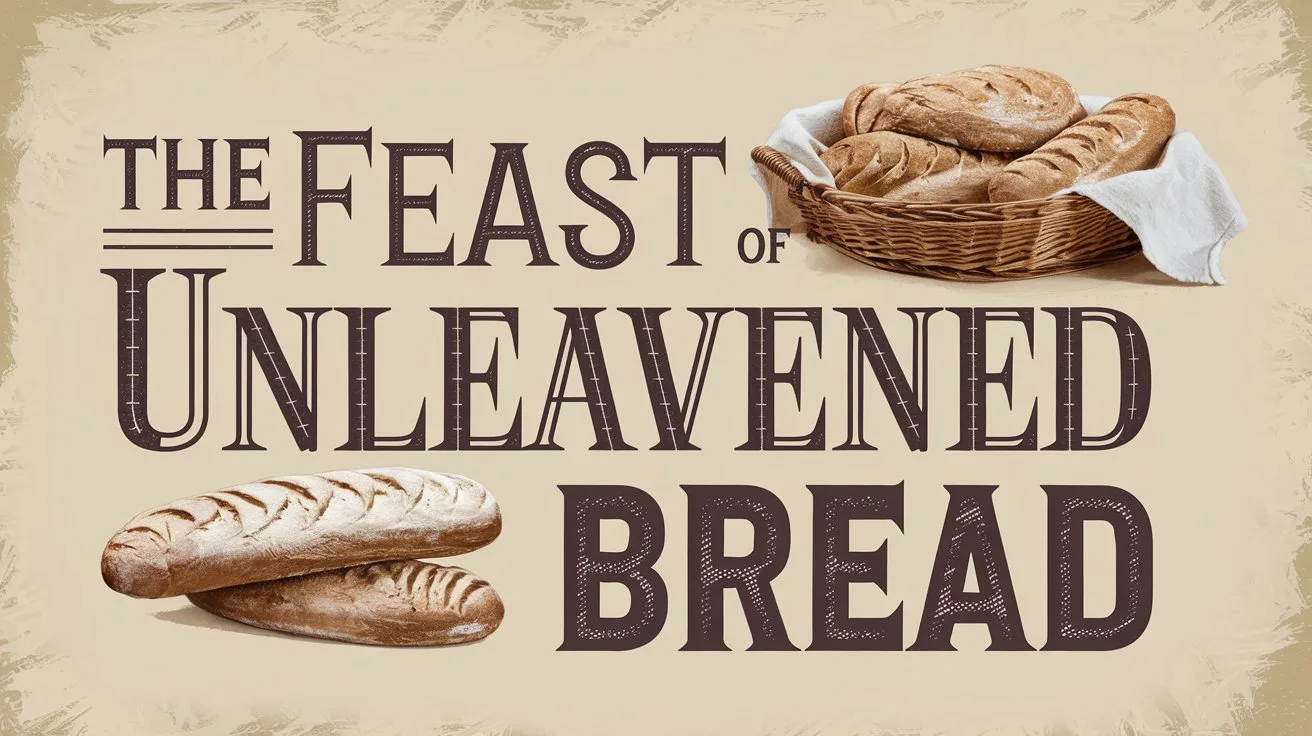
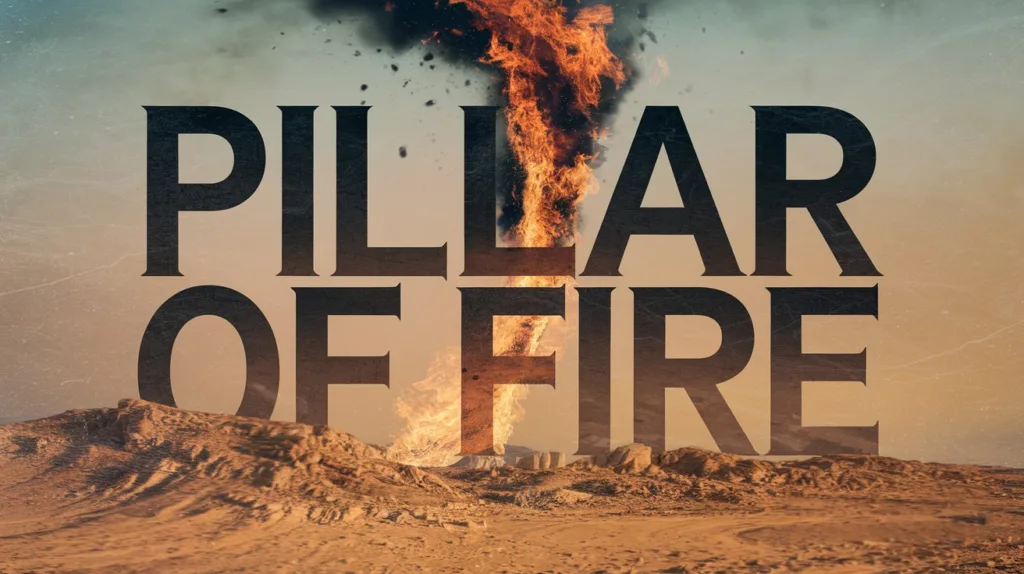
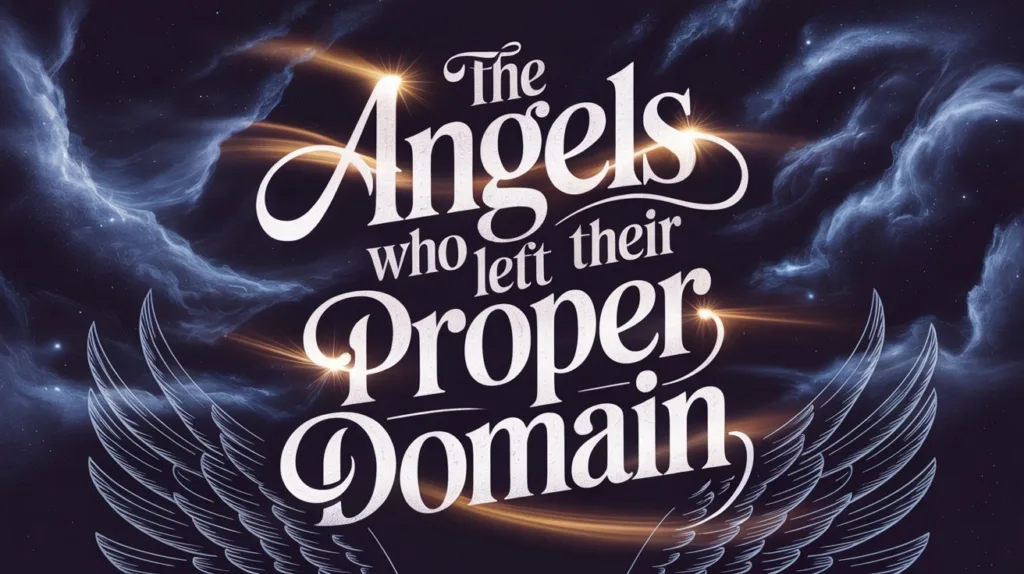
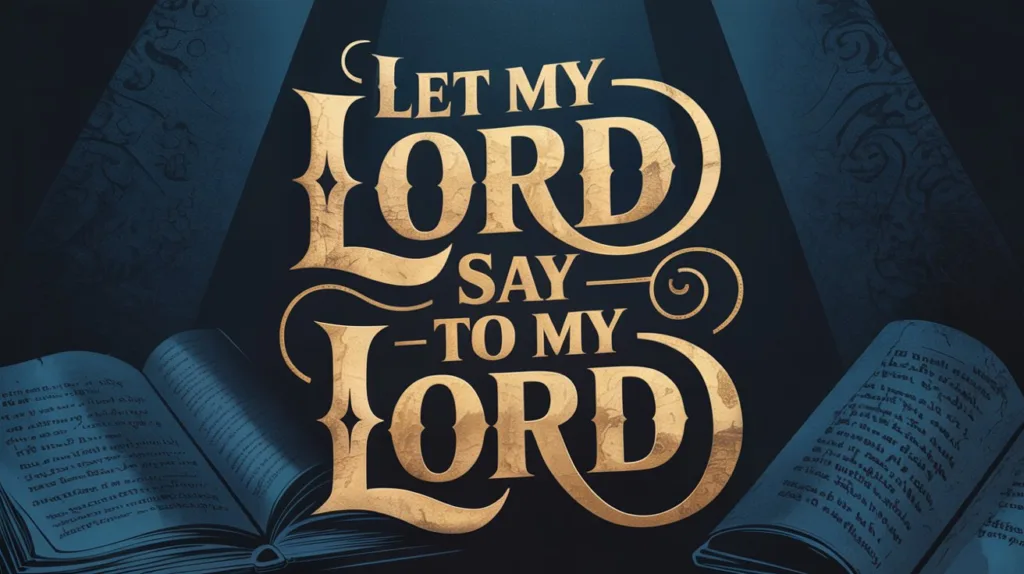
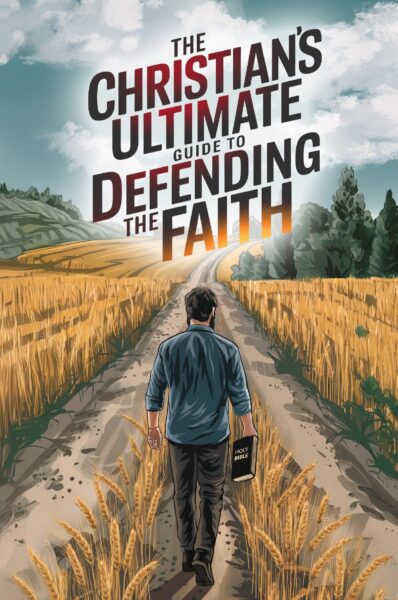 Get the book that teaches you how to evangelize and disarm doctrines from every single major cult group today.
Get the book that teaches you how to evangelize and disarm doctrines from every single major cult group today.